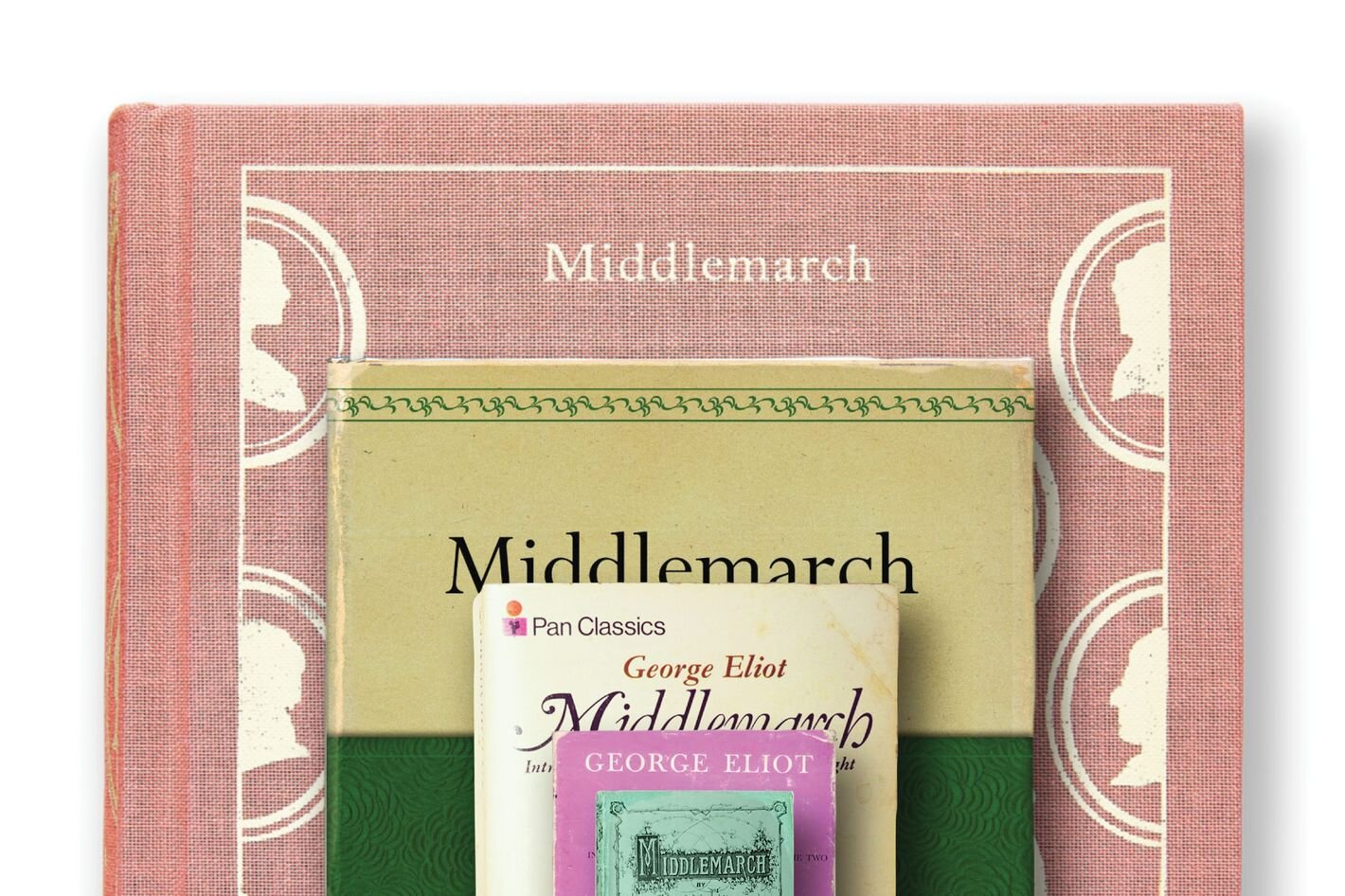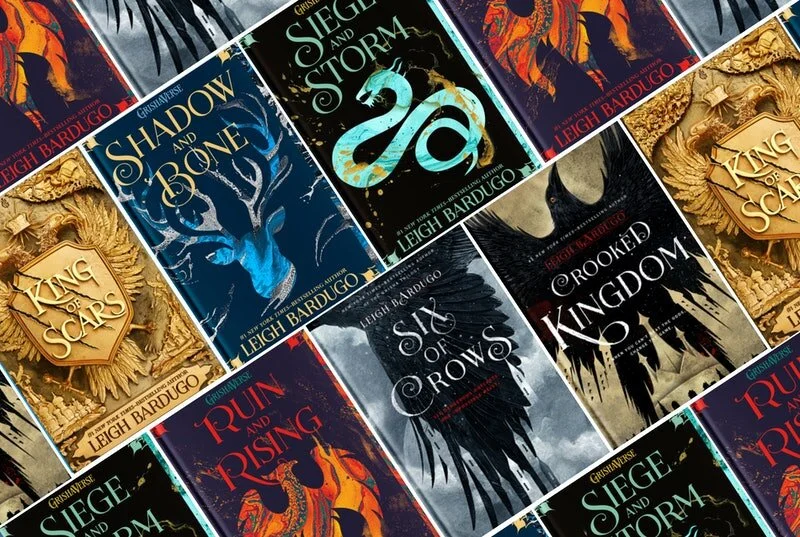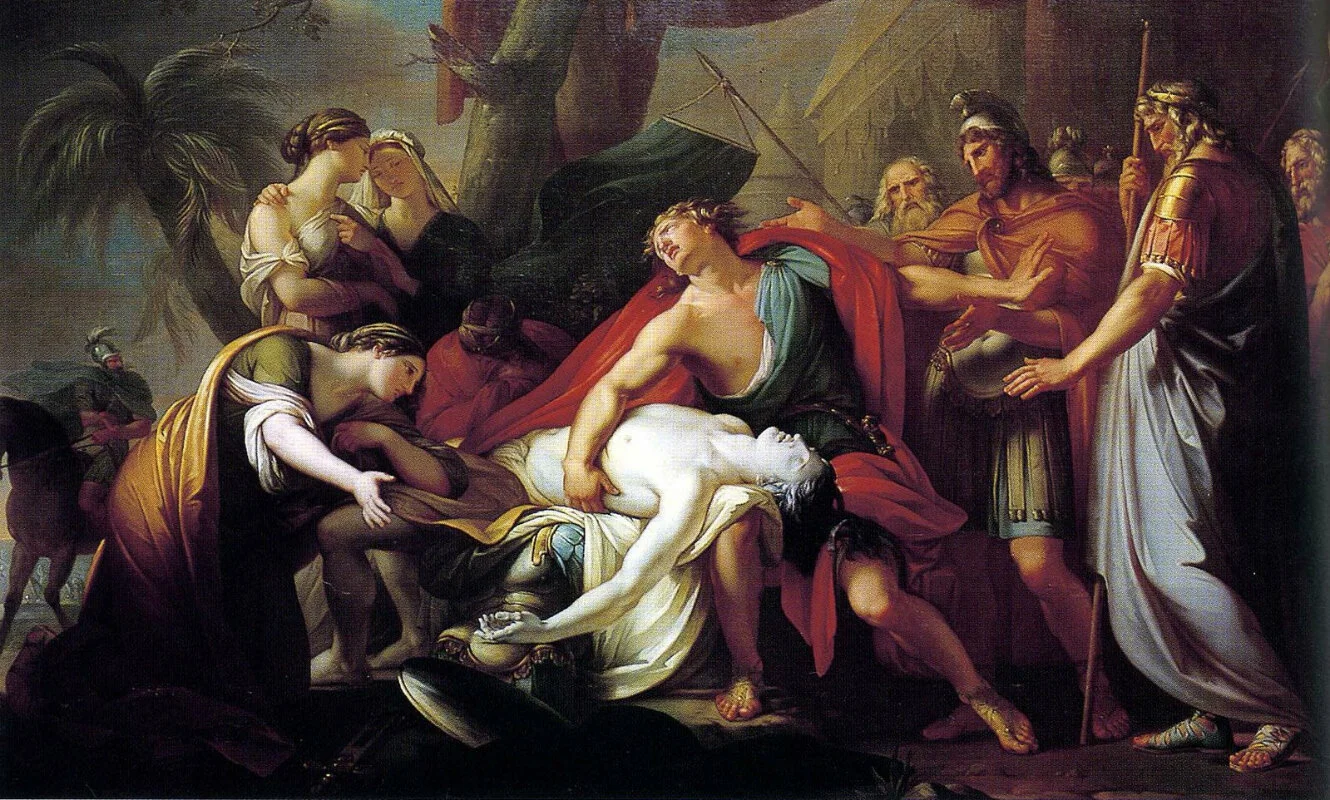Why Is Reading Really Considered A Girl's Issue, And Is That Such A Bad Thing?
It’s a truth universally acknowledged that, in the vast majority of cases, women read more than men. In fact, according to a recent survey by YouGov, women are as much as four times more likely to read more than 50 books a year (9% of women vs. 2% of men.) As such, while almost 47% of people fail to read more than ten books a year in general, the reading that is being done is, quite evidently, mainly female-based.
Of course, when it comes down to it, what women often consider as a powerful act of knowledge acquisition today didn’t start out with such feminist overtones. In fact, in times gone by, it wasn’t unusual to use books as a means of keeping women quiet and filling their heads with what we now controversially call ‘women’s fiction.’ But, as has been the case with many ‘women’s pursuits’ in recent years, this has led to some pretty empowering reading material which almost entirely overshadows male reading pursuits. Of course, the literary world is still largely male-led (306 male authors receive reviews for every 59 women,) but that's another issue – the passive part of reading, at least, is very much in the female court right now.
Of course, for logistical reasons, this does need to change. Reading at school age, especially, is fundamental for everything from empathy through to understanding the letters of the alphabet or grasping what is phonemic awareness, and boys who fail to engage in regular ‘girly’ reading all too often fall behind in other areas. Still, while it makes complete educational sense that reading horizons need to stretch, for adult readers, especially, there’s no need for the negative narrative around ‘female reading.’ After all, while no male should feel like he can’t pick up a book (and why should he, when almost 80% of them are written by his fellow men?) trying to take reading away from women, or making future generations feel like they should rise above it, is most definitely not the right way to go.
In this sense, we need to be careful that drives to increase the inclusivity of reading don’t make this pursuit yet another thing that, in years to come, seems out of reach for women. There’s room for everyone, after all, and only by keeping our foot in the literary door can we keep enjoying a wide range of empowering reading benefits that, in many instances, young women need more than men, such as –
Opportunities for advancement
Obviously, opportunities for female advancement have improved a great deal in recent years, but the battle isn’t won yet. Even with gender parity so-called within easy reach, women still hold just 16.9% of boardroom seats, while just 36.3% of women go on to become doctors. There are a multitude of factors at play in all of this, but at the root of inequality, it’s most often possible to see gender-based education deficits. Notably, while women have long since earned their place in the classroom, attendance at top-end colleges is still very male-centric (74% of men vs 26% of women in some cases.) Luckily, this is largely offset by the fact that women come out on top in terms of academic performance, but the fact remains – inclusive education is still harder than it should be for women to achieve.
Books, be they non-fiction, fiction, or poetry, therefore provide invaluable educational opportunities that, even now, women need to hold onto. Reading is especially fundamental for driving self-led education in pursuits that are still sadly lacking in female focus, especially maths and STEM subjects, leadership, and more. This is fundamental for ensuring that women continue to come to these male-led pursuits on their own and, in this sense, gender parity certainly relies on women who keep on reading and learning, for its own sake. We’re not saying they’re trying to silence us by making us think that education is ‘girly’ but…
A new outlook on societal issues
Thanks to a major drive in ‘female-led’ dystopian novels like The Handmaid’s Tale and Gather The Daughters, literature also offers a fundamental outlook on societal issues that, too often, we overlook as part of the course. Equally, non-fiction that looks directly at gender issues, such as Cordelia Fine’s Delusions of Gender, opens the floor for discussions that, even in an age where we talk about these topics, we aren’t talking in half as much detail as we should.
Obviously, there is a counterargument here that opening the reading doors is also essential for ensuring that men read these things too, and no one is denying that. But, it’s often only by reading material like this that women can even begin to understand how society continues to act against them, or how positive change is possible. As such, far from putting up our hands and accepting that reading is a girly, pointless, pursuit, we need to keep stoking the reading fire with books that prove the theory wrong, providing us with the arguments we need to change society from the ground up at long last. Given that books like The Handmaid’s Tale are now over fifty years old and are still shockingly relevant, it’s especially important that we don’t drop this mantle now. And, hey – if a book like this speaks to us and then we hand it on to the men in our life, then all the better. But, let’s be honest – men are unlikely to reach crucial literature like this if we don’t read it first and advise them to do the same.
A chance to share stories
If the #metoo movement taught us anything, it’s the fact that only by sharing stories can women continue to create fundamental change. Of course, social media was the grounding for that outlet, but books written by women definitely play a part here, too, no matter their genre or focus. That’s because, whether through fiction, memoir, or straight out non-fic, authors share their experiences in some guize or another. For female authors, especially, this is often a chance to share experiences of gender disparity and, hopefully, chip away at the patriarchy by doing so. But, for that to be possible, women need to read stories written by other women.
Alice Sebold’s memoir Lucky is just one such example of this and is especially relevant in light of the #metoo movement. Within this book’s pages, Sebold not only recounts her life after a violent sexual attack but also the process of reporting and pursuing that attack even after police told her that conviction was practically impossible. This book is now over a decade old, but women are still going through these same experiences and, in too many cases, aren’t talking about them.
This is the unique power of books – they can bring even difficult topics out in the open, connecting author with reader, and reader with reader, to create real change from even a seemingly quiet platform. This, at its heart, is why women need to keep on reading, embracing the fact that society sees books as ‘girly’ and remembering that, regardless, this is a girly pursuit with punching power.
A final word
The reality is that everyone can benefit from reading, and it certainly isn’t just women who need to hold onto this pastime. But, as female-centric literature especially continues to come under fire, we as women certainly need to do our bit to keep picking up books, and broadening the horizons that society too often tries to keep narrow and in-check.











